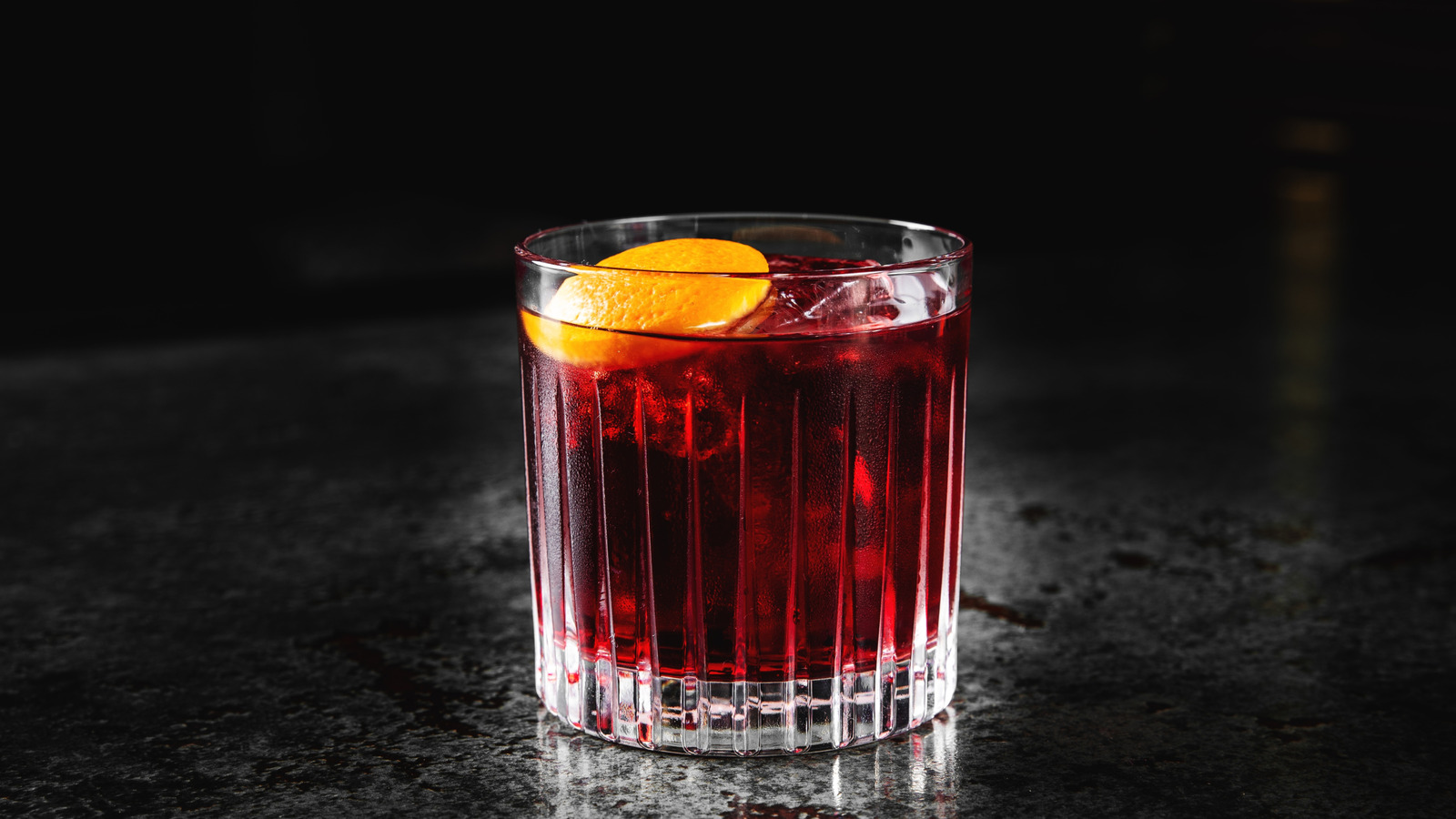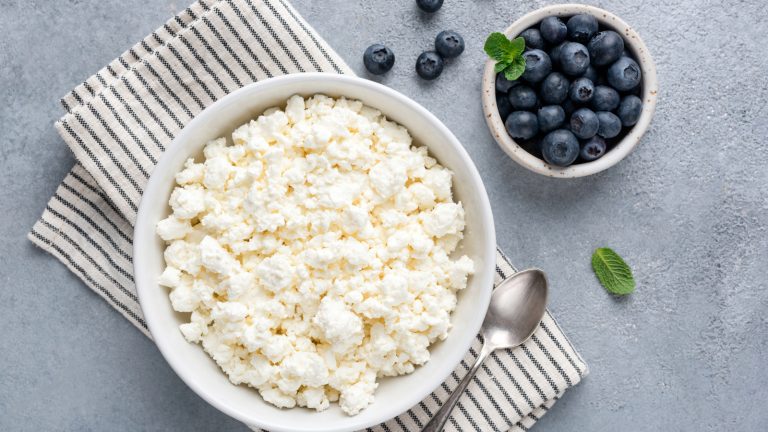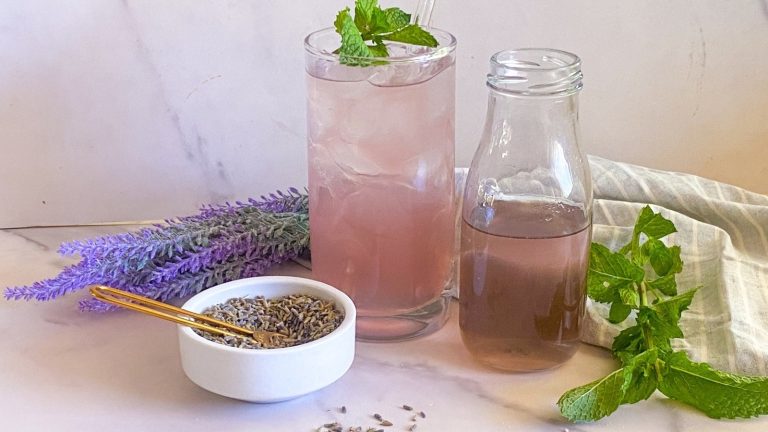Knowing the right bar terms can help get a delicious drink into your hands with little fuss the next time you’re out celebrating. While “perfect” may sound like a descriptor to compliment a bartender’s exceptional cocktail-slinging skills, the word is actually a way of making a beverage. Just as ordering a drink neat or on the rocks signals to a bartender how you’d like your drink poured, so, too, does an order of a perfect martini.
This perfect kind of instruction is most frequently paired with orders of martinis and Manhattan cocktails. Using perfect as part of your drink request refers to the ratio of ingredients that will be used in the cocktail recipe and signifies that the vermouth called for in the drink is to be equally split between sweet and dry vermouths, no matter what the base spirit is. This way of making a drink is meant to keep the emphasis on the taste of the main spirit.
Aiming to pour perfection
When sampled, a perfect martini is meant to be a well balanced cocktail that doesn’t lean too heavily in the sweet or dry category. As late 19th century bartenders began tinkering with cocktail recipes and experimenting with ingredients, this distinct term emerged as a signifier of a smooth, balanced inclusion of ingredients. Not only does the formula to make a perfect martini offer a convenient, easy-to-remember playbook for happy hours you host for your friends, keeping the proportions in mind can give you confidence if you’re just starting to stir and strain drinks behind your home bar.
In martini recipes, the sweet vermouth is usually a rosso, but you can, just like those curious bartenders, experiment with different kinds of vermouth to nail your cocktail recipes. Simply add a tasteful garnish once your drink is poured, and you’ll have a beverage that can rival one that has been created by a trained professional.






